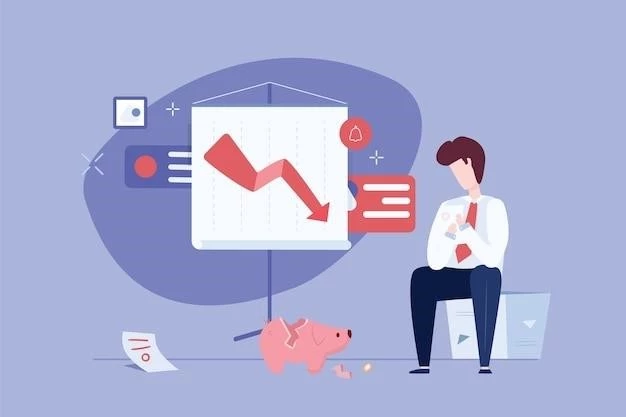The economic cost of work-related deaths is a significant issue that affects businesses‚ individuals‚ and society as a whole. I have personally witnessed the devastating consequences of workplace fatalities‚ both in my professional and personal life. It’s an issue that should not be ignored.
I remember when my friend‚ Mark‚ died in a construction accident. He was a young‚ vibrant man with a wife and two children. His death left a gaping hole in their lives and had a profound impact on the community. Mark’s death was a stark reminder of the human cost of workplace accidents‚ and it made me realize the importance of prioritizing safety in the workplace.
The Direct and Indirect Costs
The economic costs of work-related deaths are substantial and encompass both direct and indirect expenses. Direct costs include:
- Workers’ compensation payments: These are financial benefits paid to the deceased worker’s family.
- Medical expenses: This includes the cost of emergency services‚ hospitalization‚ and treatment.
- Funeral expenses: This covers the costs associated with the burial or cremation of the deceased.
- Legal fees: These costs are associated with investigations‚ settlements‚ and lawsuits.
Indirect costs‚ on the other hand‚ are more difficult to quantify but equally significant. These include:
- Loss of productivity: This refers to the lost output due to the deceased worker’s absence.
- Training costs: This includes the expense of replacing and training a new employee.
- Insurance premiums: These may increase for businesses with a history of workplace accidents.
- Reputational damage: This can affect a company’s ability to attract and retain employees and customers.

The Human Cost
Beyond the financial costs‚ work-related deaths have a profound impact on individuals and families. The loss of a loved one is devastating and can lead to emotional distress‚ grief‚ and financial hardship. The families of deceased workers often face significant challenges in adjusting to life without their loved one‚ and may require support services such as counseling and financial assistance.

Prevention is Key
The best way to address the economic and human costs of work-related deaths is to prevent them from happening in the first place. This requires a proactive approach to workplace safety‚ which includes:
- Implementing comprehensive safety programs: These should include training‚ hazard identification‚ and risk assessment.
- Investing in safety equipment and technology: This includes personal protective equipment‚ safety devices‚ and monitoring systems;
- Promoting a culture of safety: This involves creating a workplace environment where employees feel empowered to speak up about safety concerns.
- Enforcing safety regulations: This ensures that workplaces comply with all applicable laws and standards.
By taking these steps‚ we can create safer workplaces and reduce the number of work-related deaths. The economic and human costs of such deaths are immense‚ and it is our responsibility to protect our workers and their families.










